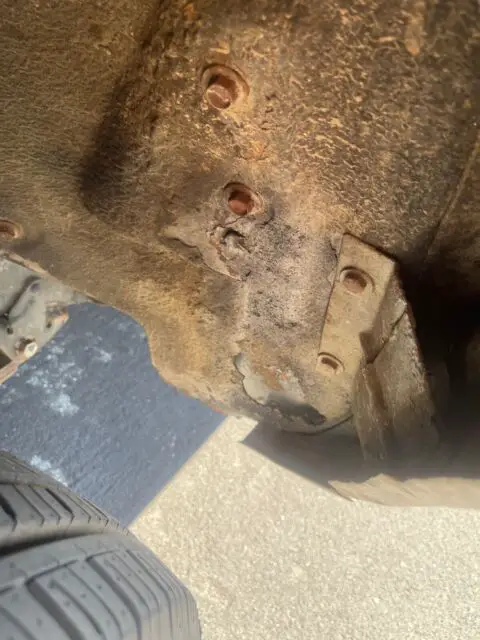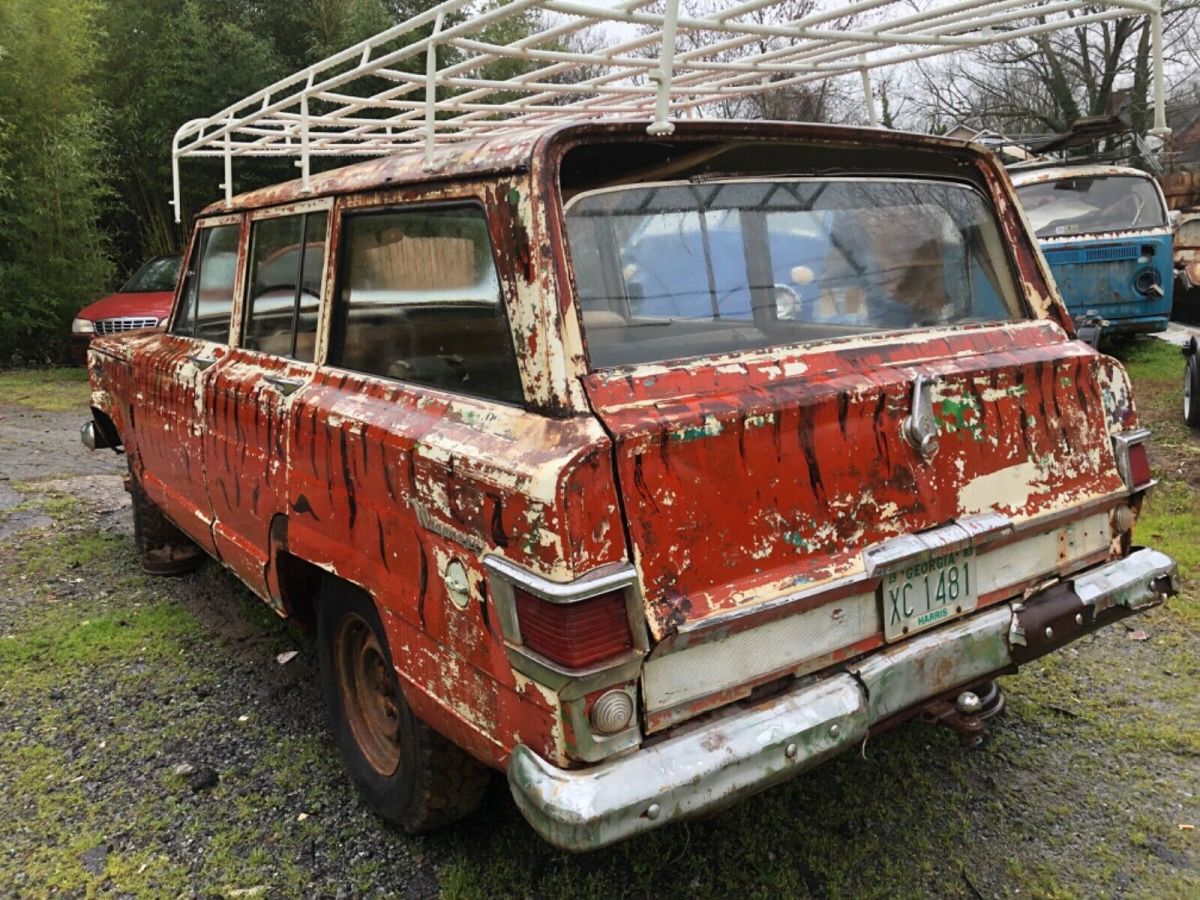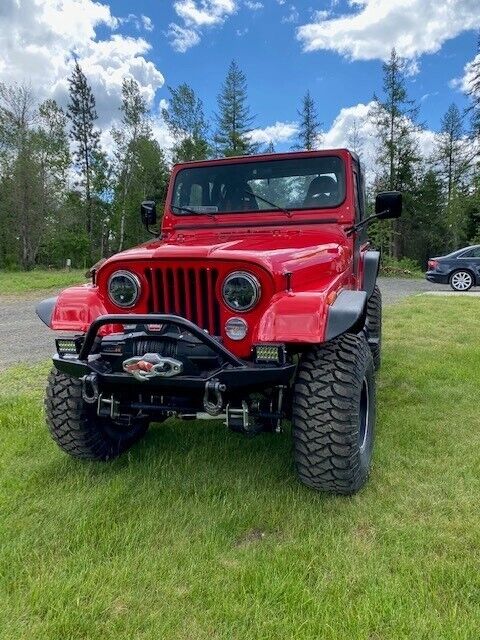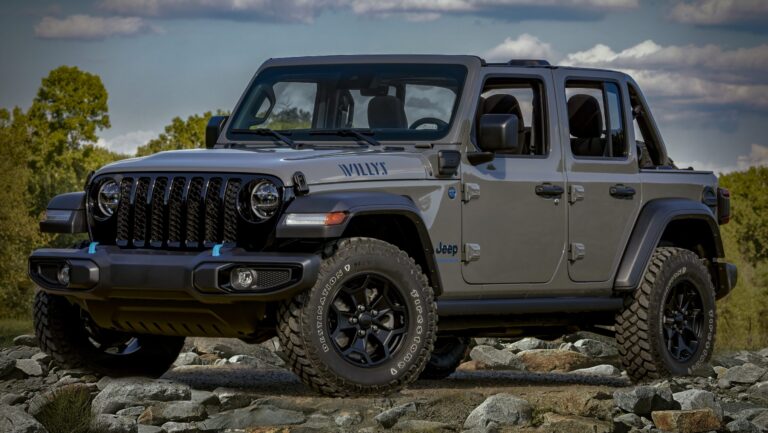1967 Jeep Wagoneer For Sale: A Comprehensive Buyer’s Guide
1967 Jeep Wagoneer For Sale: A Comprehensive Buyer’s Guide jeeps.truckstrend.com
The 1967 Jeep Wagoneer stands as a monumental landmark in automotive history, often credited as the progenitor of the modern Sport Utility Vehicle (SUV). Long before SUVs became commonplace, the Wagoneer, designed by the legendary Brooks Stevens, seamlessly blended the rugged capability of a Jeep with the comfort and amenities typically found in passenger cars. For sale, these vintage machines represent more than just transportation; they are a piece of Americana, a testament to innovative design, and a highly sought-after collector’s item. This article serves as a comprehensive guide for anyone considering the purchase of a 1967 Jeep Wagoneer, exploring its enduring appeal, key characteristics, market dynamics, and essential considerations for a successful acquisition and ownership experience.
A Timeless Icon: Why the 1967 Wagoneer Still Matters
1967 Jeep Wagoneer For Sale: A Comprehensive Buyer’s Guide
When it debuted in 1963, the Jeep Wagoneer (SJ) was revolutionary. It offered four-wheel drive, an automatic transmission, and an independent front suspension (optional), alongside car-like comforts such as power steering, power brakes, and even air conditioning. The 1967 model year, falling within the early "Kaiser Jeep" era, retains much of this pioneering spirit. It embodies a unique blend of utilitarian toughness and unexpected luxury, making it distinct from its contemporaries. Its timeless, boxy design, often adorned with woodgrain trim (though not standard on all 1967 models), continues to captivate enthusiasts and casual admirers alike. Owning a 1967 Wagoneer is not just about driving a classic vehicle; it’s about preserving a significant chapter in automotive evolution, enjoying a unique driving experience, and becoming part of a passionate community. Its appeal lies in its rugged charm, its historical significance, and its undeniable cool factor, making it a desirable asset in the classic car market.
Understanding the 1967 Wagoneer’s Core Specifications
To truly appreciate and evaluate a 1967 Wagoneer for sale, it’s crucial to understand its foundational specifications. This knowledge helps buyers identify originality, potential issues, and suitable modifications.
- Engine Options: The primary engine for 1967 was the potent AMC 327 V8, often referred to as the "Vigilante" V8, producing around 250 horsepower. This engine offered robust performance for the era and is generally well-regarded for its durability. Less common, but still an option, was the Kaiser Tornado 230 OHC (Overhead Cam) Inline-Six, a unique engine for its time. While innovative, parts for the Tornado can be scarcer than for the V8.
- Transmission: Most 1967 Wagoneers were equipped with a Borg-Warner Turbo-Hydramatic 400 (TH400) automatic transmission, known for its reliability. A three-speed manual transmission was also available but is less frequently encountered today.
- Drivetrain: The 1967 Wagoneer featured a part-time four-wheel-drive system with a Dana 20 transfer case. This system required manual engagement for 4WD. Two-wheel-drive versions were also produced, typically for fleet or utility use, though they are less common in the classic market.
- Axles: Dana 44 axles were commonly used both front and rear, known for their strength and durability.
- Suspension: The standard setup included leaf springs at all four corners. However, the revolutionary (for its time) independent front suspension (IFS) was available as an option, providing a more comfortable ride. Identifying which suspension type a specific vehicle has is important.
- Body Styles: While later Wagoneers are almost exclusively four-door models, the 1967 lineup also included rarer two-door Wagoneers and even panel delivery versions. The four-door station wagon is by far the most common and sought-after.
- Key Identifiers: Specific grille designs, badging (e.g., "Vigilante" on V8 models), interior trim, and dashboard layouts help distinguish a 1967 model from earlier or later years within the SJ platform.
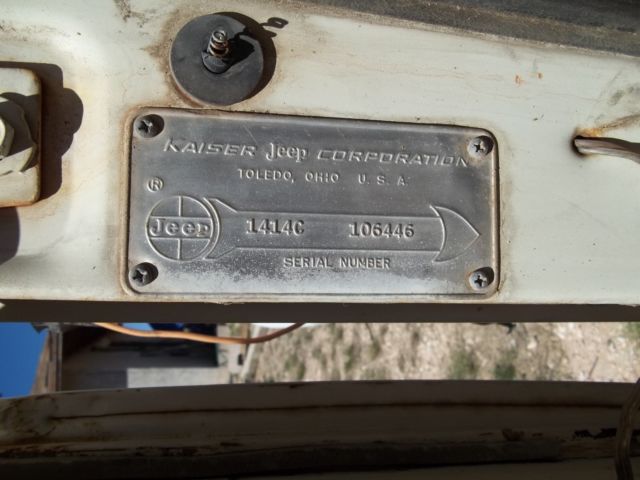
The Buyer’s Journey: Navigating the Market for a 1967 Wagoneer
Acquiring a 1967 Wagoneer is an exciting prospect, but it requires a strategic approach. The market offers a wide spectrum of conditions and price points.
Where to Look
- Online Auction Platforms: Websites like Bring a Trailer (BaT), eBay Motors, and Hemmings tend to feature higher-quality, well-documented examples.
- Classic Car Dealerships: Reputable dealers specializing in vintage SUVs often have restored or well-maintained Wagoneers, albeit at a premium.
- Specialized Forums & Communities: The Full Size Jeep (FSJ) Network and various Facebook groups are invaluable resources for leads, advice, and direct sales from enthusiasts.
- Local Classifieds & Auctions: Occasionally, gems can be found in local listings or estate sales, though they often require more due diligence.
Setting Your Budget & Understanding Condition Categories
The price of a 1967 Wagoneer varies dramatically based on its condition, originality, and the extent of any restoration work. Understanding these categories is key to setting realistic expectations:
- Project Cars: These are typically non-running or highly dilapidated vehicles requiring extensive restoration. They are the most affordable upfront but demand significant investment in time, money, and skilled labor.
- Driver Quality: These Wagoneers are functional and roadworthy but may have cosmetic flaws, minor mechanical issues, or older restoration work. They are suitable for immediate enjoyment but will likely require ongoing attention.
- Good Condition / Older Restoration: These vehicles are well-maintained, presentable, and largely free of major issues. They might have an older restoration that shows some age, or they could be well-preserved original examples.
- Excellent / Fresh Restoration: These are high-quality vehicles that have undergone recent, professional restorations to a very high standard. They look fantastic and generally run well, commanding premium prices.
- Concours / Original Survivor: The pinnacle of the market. Concours-level vehicles are flawlessly restored to factory specifications, often surpassing original build quality. Original survivors are exceptionally well-preserved, low-mileage examples that retain nearly all their factory originality. These are exceedingly rare and command top dollar.
Key Considerations Before You Buy: What to Inspect
A thorough inspection is paramount before committing to a purchase. While the Wagoneer is robust, decades of use and neglect can take their toll.
- Rust (The Silent Killer): This is the single most critical inspection point. Wagoneers are notoriously prone to rust. Pay close attention to:
- Rocker Panels: Beneath the doors.
- Floorboards: Especially front and rear footwells.
- Rear Quarter Panels: Around the wheel wells and behind them.
- Tailgate: Often rusts from the inside out, especially around the window mechanism.
- Frame Rails: Inspect for structural integrity, especially where body mounts attach.
- Drip Rails & Windshield Surround: Common areas for water ingress leading to interior damage.
- Engine & Drivetrain:
- V8 (AMC 327): Listen for knocking, excessive smoke (blue for oil, white for coolant), and proper idle. Check for oil leaks around the pan, valve covers, and rear main seal.
- Tornado I6: Similar checks, but be aware of potential camshaft and head issues unique to this engine.
- Transmission (TH400): Check fluid level and condition. Test all gears, including reverse, for smooth engagement without harsh clunks or slips.
- 4WD System: Engage 4WD (high and low range) and drive a short distance (on a loose surface if possible) to ensure the transfer case engages properly. Listen for grinding or binding.
- Electrical System: Original wiring can be brittle and prone to issues. Test all lights (headlights, taillights, brake lights, turn signals), gauges, wipers, heater fan, and power windows/tailgate (if equipped).
- Suspension & Steering: Look for worn bushings, leaky shocks, and excessive play in the steering wheel. Check ball joints and tie rod ends.
- Brakes: The 1967 Wagoneer typically came with drum brakes all around. Test their effectiveness and look for pulling or spongy pedal feel. Consider upgrading to disc brakes if not already done, especially for daily driving.
- Interior: Assess the condition of the seats, dashboard (prone to cracking), headliner, and door panels. Missing or damaged trim pieces can be very difficult and expensive to source.
- Documentation: Request all available service records, ownership history, and a clear title. A documented history adds significant value and peace of mind.
- Pre-Purchase Inspection (PPI): This is non-negotiable. Hire a reputable mechanic who specializes in vintage Jeeps or classic American vehicles to perform a thorough PPI. Their expert eye can spot issues you might miss.
Owning a 1967 Wagoneer: Maintenance, Parts, and the Community
The journey doesn’t end with the purchase. Owning a classic vehicle like the 1967 Wagoneer is a commitment that brings unique rewards and responsibilities.
- Maintenance: While mechanically straightforward, these vehicles require consistent attention. Regular fluid changes, lubrication, and proactive addressing of minor issues will prevent larger problems. A good understanding of basic mechanics or a trusted classic car mechanic is invaluable.
- Parts Availability: Surprisingly, many mechanical parts are still available, thanks to shared components with other AMC/Jeep vehicles of the era. Engine and drivetrain components can often be sourced through aftermarket suppliers or specialty classic parts vendors. However, specific body panels, unique trim pieces, and interior components can be challenging and expensive to find, sometimes requiring custom fabrication or diligent searching in salvage yards.
- Community: One of the greatest benefits of Wagoneer ownership is the vibrant and supportive community. Online forums like the Full Size Jeep (FSJ) Network, dedicated Facebook groups, and local clubs are incredible resources for technical advice, parts leads, and camaraderie. This community can significantly ease the ownership experience.
Selling Your 1967 Wagoneer: Maximizing Value
If you’re considering selling your 1967 Wagoneer, proper preparation can significantly impact its market value and the speed of the sale.
- Preparation & Detailing: Thoroughly clean the interior and exterior. Address any minor, inexpensive issues that might deter buyers (e.g., non-working lights, loose trim).
- Documentation: Gather all service records, receipts for parts, and any historical documentation you possess. A well-documented vehicle instills confidence and commands a higher price.
- High-Quality Photography: Take numerous, well-lit photos from all angles – exterior, interior, engine bay, undercarriage (if possible), and close-ups of any unique features or flaws. Be honest about condition.
- Detailed Description: Write a comprehensive description highlighting the vehicle’s history, specifications, any modifications, recent maintenance, and its overall condition. Transparency builds trust.
- Strategic Pricing: Research recent sales of similar 1967 Wagoneers in comparable condition on platforms like Bring a Trailer, ClassicCars.com, and Hemmings to set a competitive yet realistic price.
- Choosing the Right Platform: For higher-value vehicles, online auction sites or classic car dealers can reach a wide audience. For more budget-friendly drivers or projects, local classifieds or enthusiast forums might be more effective.
Price Table: 1967 Jeep Wagoneer For Sale (Estimated Values)
The following table provides estimated price ranges for 1967 Jeep Wagoneers based on their general condition. These are approximate values and can fluctuate based on specific features (engine, 2WD/4WD, options), provenance, and market demand.
| Condition Category | Estimated Price Range (USD) | Notes
